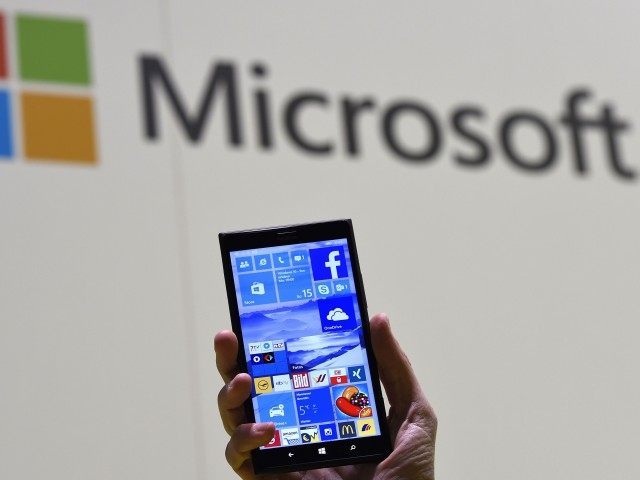Microsoft’s dumping of 7,800 employees and taking a $7.6 billion write-down related to its purchase of Nokia’s phone manufacturing operation was a cheap price to pay to vanquish the ghost of the Steve Ballmer era.
CEO Satya Nadella and the new management team are essentially giving away Windows 10 to launch a disruptive hardware strategy.
Steve Ballmer famously a laughed at the just-released $500 iPhone in 2007 as a joke. “That is the most expensive phone in the world. And it doesn’t appeal to business customers because it doesn’t have a keyboard, which makes it not a very good email machine.” He went on to say that Microsoft will basically bury it with its $99 Motorola Q Windows phone that “will do music. It will do internet. It will do email. It will do instant messaging. I kinda look at that and I say: ‘I like our strategy.’”
Because Ballmer wanted to be all things to all people, he made a series of disastrously expensive acquisitions of “declining assets” to obtain market share. Like a typical Harvard MBA at an industrial company, Ballmer had little respect for the consumers’ willingness to embrace and pay up for aspirational products. Between the time the Nokia deal was signed in February 2011 and the acquisition announcement in September 2013, Nokia’s global handset market share fell from about 25% to less than 5%, according to Statista.
Nadella has moved aggressively to shift focus away from selling on-premises software to cloud services. He also has released Office apps for the iPad and Android, while publicly embracing platforms like the Mac and open-source Linux. He has also been exiting noncore businesses, like selling display advertising.
But less than a week after the restructure, Microsoft’s new management announced yesterday at its Worldwide Partner Conference that the company will be positioned double to down on hardware by shipping new Lumia handsets running Windows 10, that it will expand sales channels for its Surface line of hybrid-tablets, and that manufacturing has already ramped up on the Surface Hub wall computers.
The big difference in the Nadella strategy is that Microsoft intends is standardizing its Windows base by giving away free upgrades of Windows 10 to gain a common platform for the first time in a decade. The company intends to focus on selling premium hardware that is single-vendor optimized for functionality, like Apple’s is.
CEO Satya Nadella’s letter to employees stated, “We are moving from a strategy to grow a standalone phone business to a strategy to grow and create a vibrant Windows ecosystem including our first- party device family.”
WDC product managers commitments included: Terry Myerson stating, “Last week we announced a focusing on our Lumia lineup, but let me be clear: soon you will see premium new Lumias designed for Windows 10”; Mary Jo Foley stating that with the Surface Pro 4 launch, Microsoft will expand its current list of a “couple hundred” authorized Surface device distributors to a few thousand worldwide; and Paul Thurrott commenting that Microsoft demand for the Surface Hub, priced up to $10,000, is so strong that manufacturing capacity is being increased “to make more units available for launch.”
Nadella’s strategy is not only to give away the Windows 10 update for free, but also to offer full copies of Microsoft Office Suite for up to 5 devices for $100 per year, including free in-store training sessions. The company’s goal is to have at least 1 billion devices running on the modern Windows 10 platform in two to three years.
Microsoft demonstrated a Windows 10 feature called Continuum that allows a Windows Phone, when plugged into a desktop monitor, to be “transformed” into a fully-functional Microsoft desktop mode, displaying desktop-like apps. The processing power to run desktop apps on the Windows Phone is believed tobe due to Microsoft’s adoption of the super-powerful and higher cost Intel Atom X3 LTE processor.
Microsoft stumbled when tablets became 50% of the PC market. But the company believes that Continuum, running on premium priced phones powered by Intel Atom x3 LTE at 14nm, could lead the migration of up to a third of the PC market to smartphones.
Microsoft, for the first time in a decade, may be positioned to drive that disruptive change.

COMMENTS
Please let us know if you're having issues with commenting.